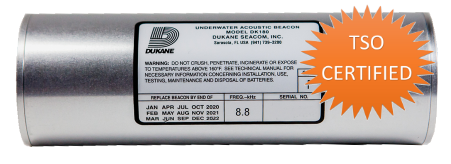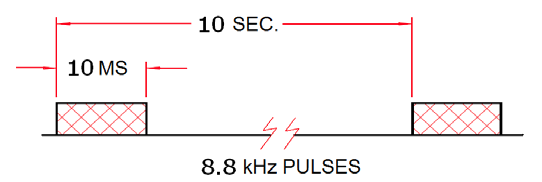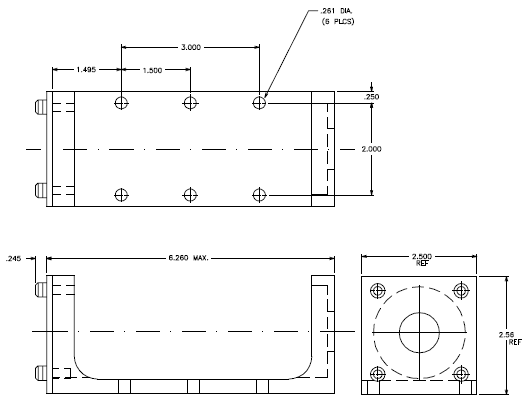
Specifications
Dukane Seacom’s DK180 is designed and certified to meet the newly developed standards FAA TSO-C200a, TSO-C142a.
The DK180 also meets SAE-AS6254a minimum performance standard for Low Frequency Underwater Locator Devices (acoustic, self-powered) & the ARINC-677 installation standard.
In the event of an accident at sea, the DK180 emits a low frequency signal (8.8kHz) in order to provide an extended detection range in locating the submerged aircraft. The beacon transmits for a minimum of 90 days and acts as a supplement to the existing Underwater Locating Devices (ULD) which are attached directly to the flight and data recorders.
- Watertight aluminum case (2” dia, 6” length).
- Capable of operation at depths of up to 20,000 feet(6096 m)
- Detectable underwater up to 7.0-12.0 NM ( 13-22 km) based on environmental factors.
- Sustained pressure up to 8700 psi.
- Water switch actuation initiates beacon operation upon immersion in either fresh or salt water.
- The battery used to power the DK180 will sustain beacon operation for a minimum of 90 days at an acoustic output of 160 dB operating frequency is 8.8 kHz.
Beacon Specifications
Operating Frequency: 8.8 kHz ± 1 kHz
Pulse Width: 10 milliseconds min.
Pulse Repetition Rate: 10 Sec max.
Power Source: Lithium battery
Operating Life: 90 Days (Minimum)
Actuation: Fresh or salt water
Size: 2.0 in (5.1 cm) diameter 6.0 in (15.2 cm) long
Weight: 26 oz (unit), 16 oz (mounting bracket/hdwr)
Operating Depth Surface to 20,000 ft (6096 m)
Case Material Aluminum
Acoustic Output 160 dB re 1 μPa at 1m
Battery Life In Beacon 6 years
Theory of Operation
- The DK180 is a battery operated underwater acoustic pulse generator (beacon / pinger) that is activated when the water switch is immersed in either fresh or salt water.
- The water switch is part of a low current triggering circuit, which when closed will initiate normal pulsing of the beacon oscillator circuit. The output voltage of the oscillator is coupled to the piezo-ceramic transducer ring.
- The resultant mechanical motion is transmitted to the metal case of the beacon, which in turn radiates acoustic energy into the surrounding water at 8.8 kHz.


